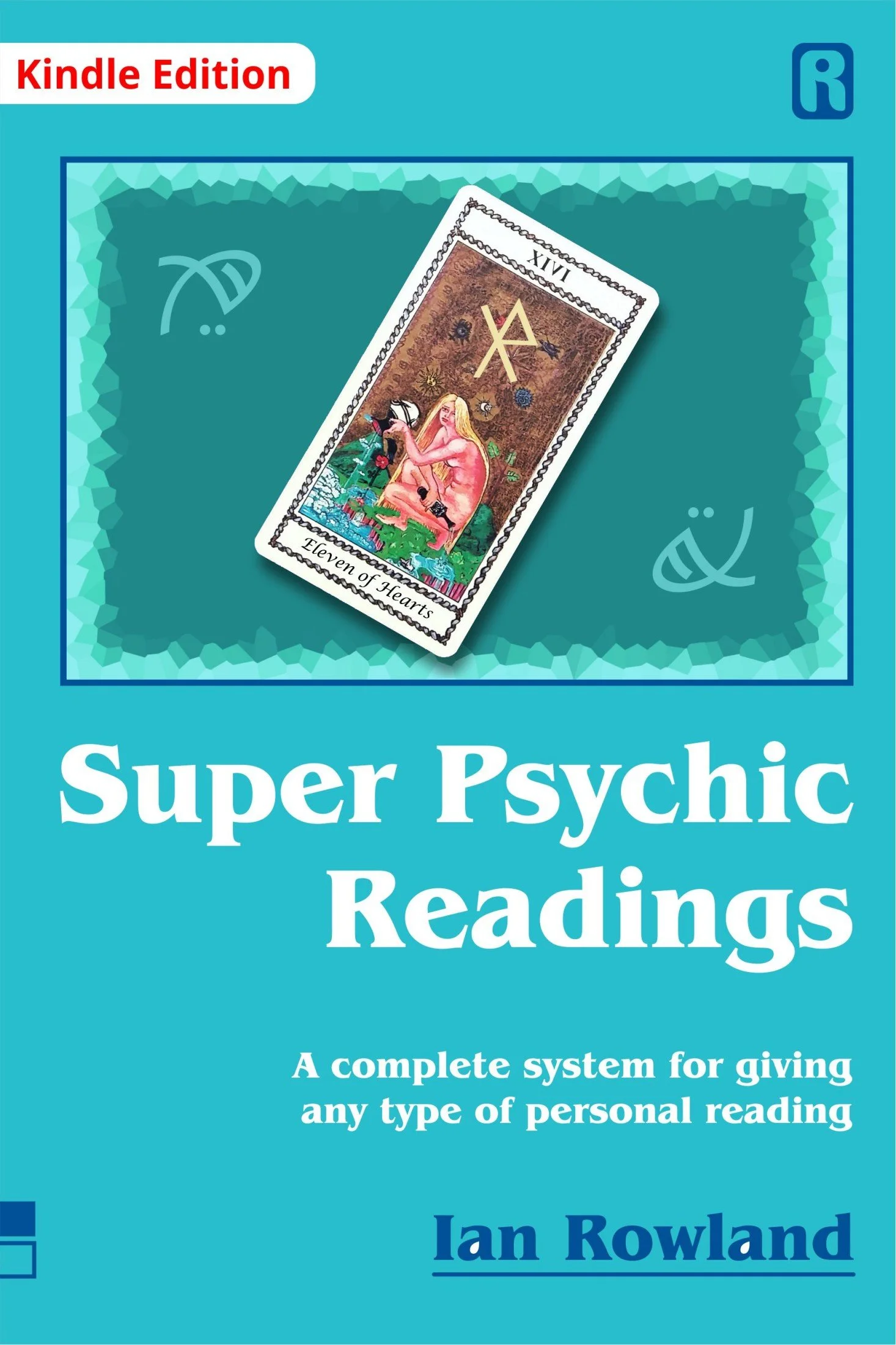Cold Reading Psychology: Understanding the Art of Perception and Influence
Cold Reading Psychology: Understanding the Art of Perception and Influence
Cold reading psychology is a fascinating field that blends observation, psychology, and communication to create the illusion of knowing personal details about someone without prior knowledge. Whether used by mentalists, psychics, sales professionals, or skilled communicators, cold reading psychology relies on human cognitive biases and our natural tendency to seek meaning and connection.
In this blog, we’ll explore what cold reading psychology is, how it works, common techniques, and real-world applications, while keeping a close eye on ethical considerations.
What is Cold Reading Psychology?
Cold reading psychology refers to the psychological principles and techniques that allow someone to give the impression they possess special insight or knowledge about another person. It’s not magic it’s a skill rooted in observation, subtle questioning, and understanding human behavior.
From the outside, cold reading psychology may seem like mind reading. In reality, it’s a combination of:
Careful analysis of appearance, body language, and speech patterns
Use of broad yet relatable statements (Barnum statements)
Psychological priming to encourage agreement
Reading and adapting to responses in real time
How Cold Reading Psychology Works
Cold reading psychology taps into the Forer effect our tendency to believe vague, general statements are personally meaningful. By using carefully crafted statements and feedback loops, the cold reader guides the conversation while appearing to reveal personal truths.
Key principles include:
Observation before speaking – Small details like clothing, accessories, and mannerisms offer clues.
High-probability guesses – Making statements that are statistically likely to be true for many people.
Fishing for information – Asking subtle, open-ended questions to let the subject reveal details themselves.
Feedback adaptation – Adjusting statements based on the subject’s reactions.
Common Cold Reading Psychology Techniques
Here are some of the most widely used techniques in cold reading psychology:
1. Barnum Statements
Vague statements that apply to almost everyone, such as “You have a strong need for others to like you, but you can be critical of yourself.”
2. Rainbow Ruse
A technique where opposite traits are combined to ensure the statement fits, like “You’re usually confident, but sometimes you doubt yourself.”
3. The Vanishing Negative
Presenting a guess as wrong but quickly turning it around, e.g., “I’m sensing a brother… no? It could be someone like a brother to you.”
4. The Fine Flattery
Compliments framed as personality insight, such as “You’re the kind of person who puts others first.”
5. Shotgunning
Rapidly throwing out a range of statements to see which one resonates.
Real-Life Applications of Cold Reading Psychology
While cold reading psychology is often associated with fortune tellers or stage performers, it’s also useful in everyday life. Ethical use of these techniques can improve communication, build rapport, and enhance persuasion skills.
Sales and Negotiation – Identifying customer needs quickly and tailoring your pitch accordingly.
Coaching and Consulting – Building trust and understanding clients faster.
Law Enforcement – Reading body language and verbal cues during interviews.
Social Situations – Making a strong first impression by connecting quickly.
The Ethics of Cold Reading Psychology
Cold reading psychology is a powerful tool but with power comes responsibility. Using these techniques to deceive or manipulate people for personal gain can damage trust and cause harm. Ethical use means:
Being transparent about your intentions
Avoiding false claims of supernatural abilities
Using the skills to help, not exploit
Cold Reading Psychology in Popular Culture
From TV mentalists to bestselling books, cold reading psychology has captured public imagination. Figures like Ian Rowland have shown how these skills can be used for entertainment while educating audiences about human psychology.
How to Learn Cold Reading Psychology
If you’re interested in developing your cold reading psychology skills, start with these steps:
Study human behavior – Learn about body language, microexpressions, and personality types.
Practice observation – Notice small details in people’s speech and mannerisms.
Refine your language – Use phrasing that feels personal but is widely applicable.
Role-play scenarios – Practice with friends or colleagues to improve your adaptability.
Cold reading psychology is not mind reading it’s the art of perception, empathy, and human connection. When practiced ethically, it can be a valuable tool for communication, relationship building, and even professional success.
By understanding cold reading psychology, you not only learn how others might influence you but also how to connect more deeply and authentically with people.





